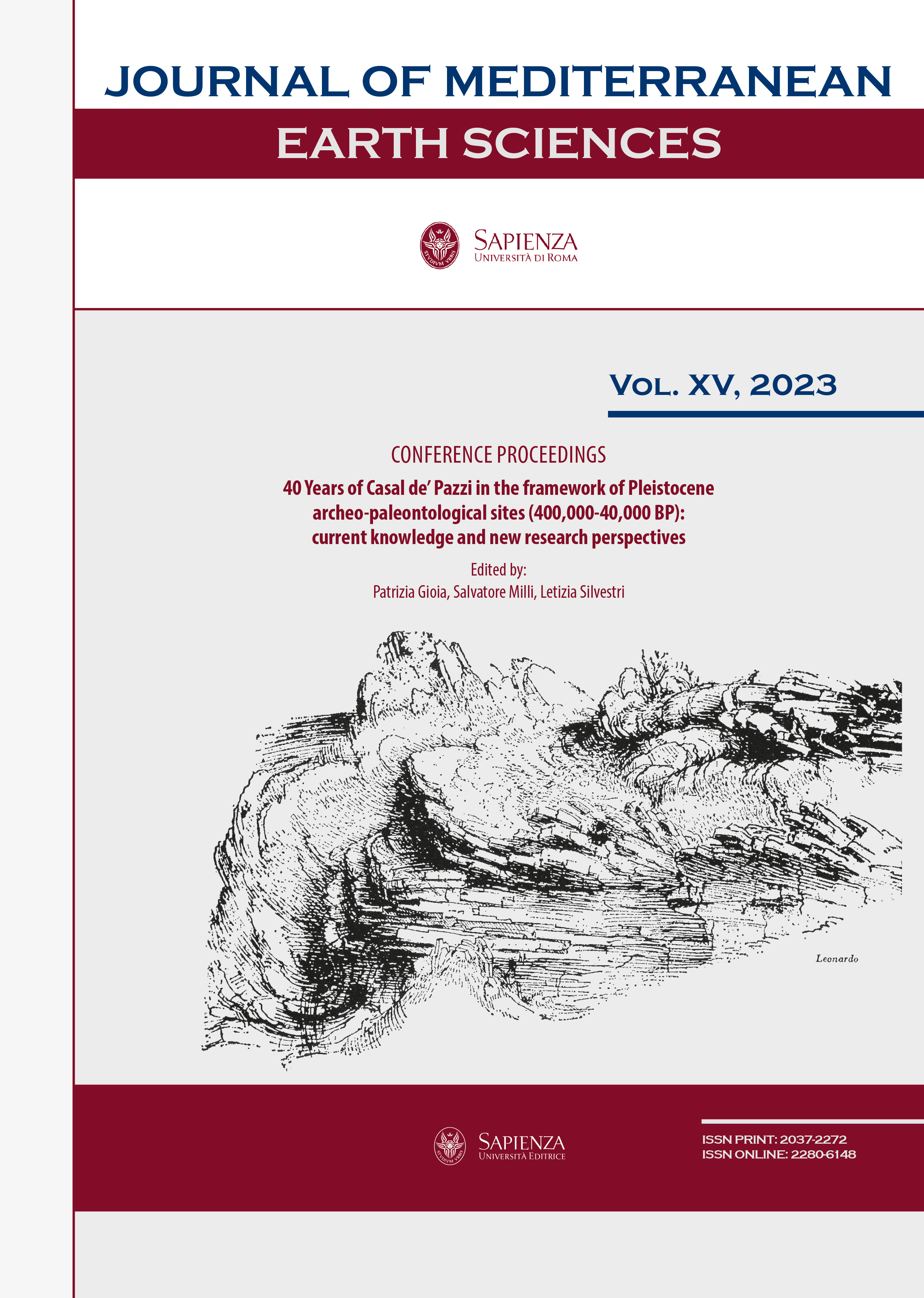Communicating and learning about the past through experimental teaching: the education of Pleistocene culture to school-age children and young people
DOI:
https://doi.org/10.13133/2280-6148/18134Abstract
Teaching in education has historically been based on a single type of transmission/learning method, mainly a frontal model, that encourages listening and discussion, but excludes participation through a purely theoretical approach. In recent decades, new teaching methods have been developed, especially for traditionally undervalued subjects in the school system. The teaching of prehistory provides one such example. Research suggests that having one or more cultural heritage professionals in the classroom who aid the teacher-coordinator fills in gaps in traditional teaching. Through a laboratory approach based on grade-level students, these professionals seek to develop an innovative teaching method to engage students in managing their learning through an educational/functional process. In this paper, we present such techniques, planning, and methods tested by professional associations, together with students and teaching staff of schools in the suburbs of Rome. The study’s goal is to develop an adaptable and replicable model, that guarantees a measurable positive impact better than that of the past to provide information about the Pleistocene using the tools of experimental archeology.
Downloads
Published
How to Cite
License
The submission has not been previously published, nor is it before another journal for consideration (or an explanation has been provided in Comments to the Editor).


